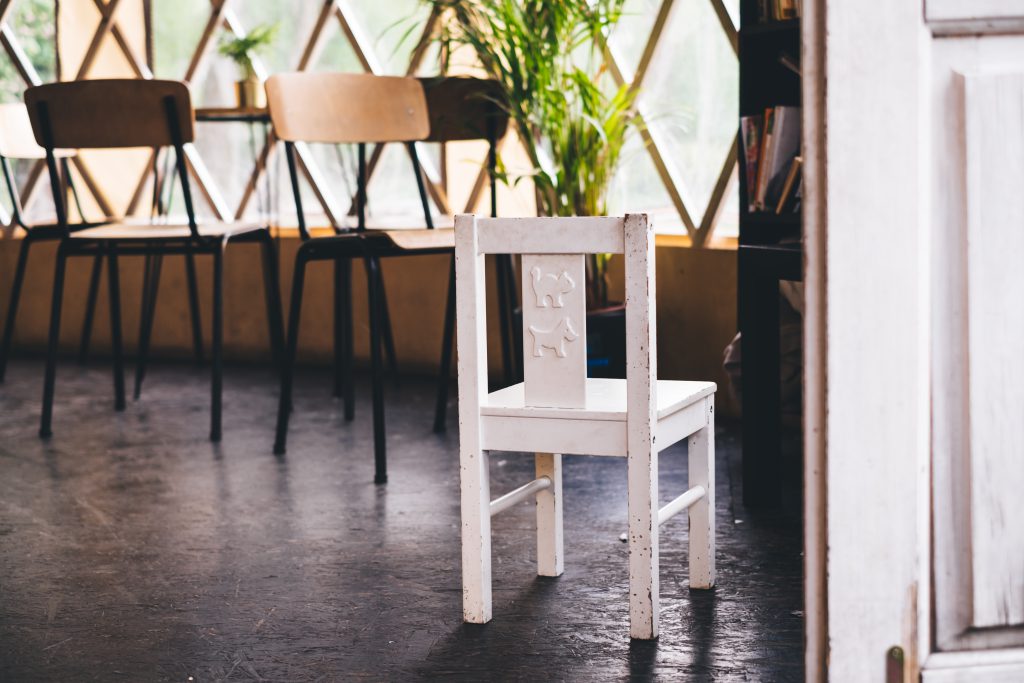Residential inside design is an artwork and science devoted to creating areas that replicate personal fashion whereas enhancing functionality and luxury. Whether you are updating a single room or renovating a complete home, understanding the ideas of residential inside design might help you create a harmonious living setting tailored to your wants and preferences. This article explores key elements of residential inside design, including design ideas, well-liked kinds, and suggestions for reaching a cohesive look.
Key Principles of Residential Interior Design Firm in Toronto – Niki Micevic Interiors Design
 Successful residential inside design balances aesthetics with practicality. Here are some basic rules to guide your design process:
Successful residential inside design balances aesthetics with practicality. Here are some basic rules to guide your design process:
1. Functionality: A well-designed home ought to cater to the practical needs of its inhabitants. Consider how every space might be used and ensure that furnishings, storage, and layout facilitate ease of motion and every day activities. For instance, a household room would possibly require durable, easy-to-clean materials and ample seating.
2. Harmony and Balance: Achieving concord includes creating a cohesive look that flows smoothly from one room to another. Balance refers to the distribution of visual weight in a space. You can achieve steadiness by way of symmetrical arrangements or by balancing completely different components like colors, patterns, and textures.
three. Proportion and Scale: Proper proportion and scale be certain that furnishings and decor fit properly inside a space and with one another. Large items in a small room can really feel overwhelming, whereas tiny accessories in a big area may get lost. Choosing items that match the room’s dimension creates a visually appealing and functional design.
four. Color and Texture: Color and texture play a crucial function in setting the mood and enhancing the ambiance of a room. Use colour to evoke emotions—calming blues for bedrooms or vibrant yellows for a energetic kitchen. Incorporate textures by way of textiles, rugs, and wall therapies to add depth and interest.
Popular Residential Interior Design Firm in Toronto – Niki Micevic Interiors Design Styles
Choosing a design style helps set the tone in your residence and reflects your private style. Here are some in style residential inside design types:
1. Modern: Characterized by clean lines, minimalism, and a impartial colour palette, modern design emphasizes functionality and ease. This type typically features open spaces, large windows, and a mix of pure and industrial materials.
2. Traditional: Traditional design embraces basic class with rich wood tones, intricate moldings, and opulent fabrics. This fashion usually contains antique furnishings, symmetrical layouts, and formal settings, creating a timeless and complicated atmosphere.
3. Contemporary: Contemporary design focuses on current tendencies and evolving types, making it versatile and ever-changing. It often combines elements from numerous types, that includes sleek lines, open areas, and a combination of textures and supplies.
four. Rustic: Rustic design emphasizes natural supplies and a comfy, earthy really feel. This type incorporates wood, stone, and different natural elements to create a warm and alluring atmosphere. It usually consists of handcrafted items and classic pieces for added allure.
Tips for Achieving a Cohesive Residential Design
To guarantee your residential inside design is cohesive and visually interesting, think about the following ideas:
1. Plan and Prioritize: Start with a clear plan and prioritize your wants and objectives for every house. Develop a design idea that aligns along with your way of life and preferences, and create a mood board to visualize colors, textures, and furnishings.
2. Focus on Lighting: Lighting is crucial for creating ambiance and highlighting design features. Incorporate a mixture of ambient, task, and accent lighting to attain a well-lit and useful area. Consider using dimmers to adjust lighting ranges according to totally different actions and moods.
three. Personal Touches: Infuse your persona into the design through artwork, images, and distinctive décor items. Personal touches make your house really feel uniquely yours and create a space that resonates along with your particular person fashion.
4. Seek Professional Help: If you are unsure where to start out or need help with complex design challenges, contemplate hiring knowledgeable Interior Design Firm in Toronto – Niki Micevic Interiors designer. They can provide professional advice, entry to exclusive assets, and a recent perspective on your area.
In conclusion, residential inside design includes creating a space that balances performance, aesthetics, and personal fashion. By understanding key design principles, exploring in style styles, and making use of practical tips, you probably can remodel your house into a snug and visually pleasing sanctuary. Whether you choose to tackle the design yourself or enlist skilled help, thoughtful design will improve your residing experience and replicate your unique character.
Leave Comment